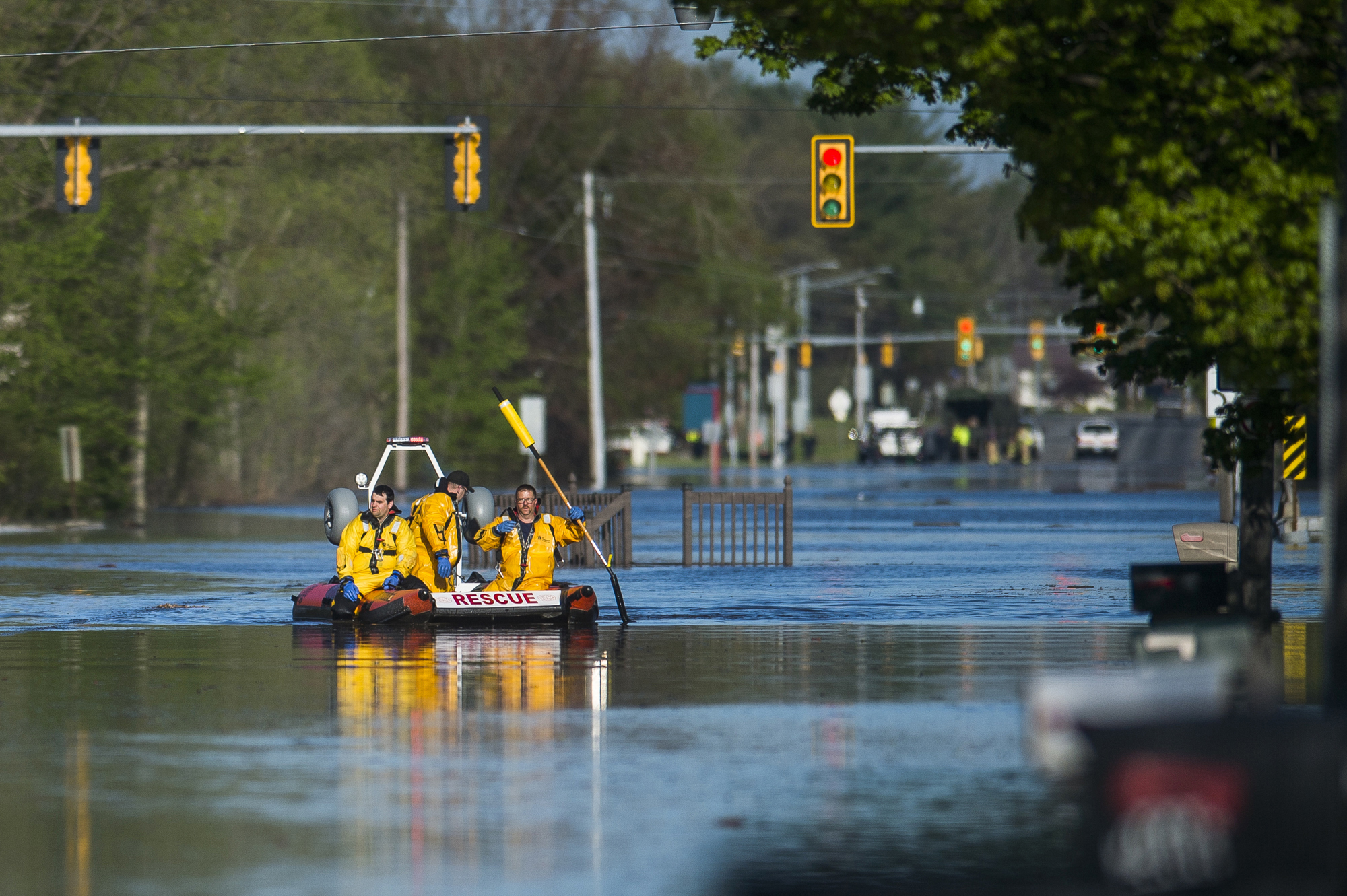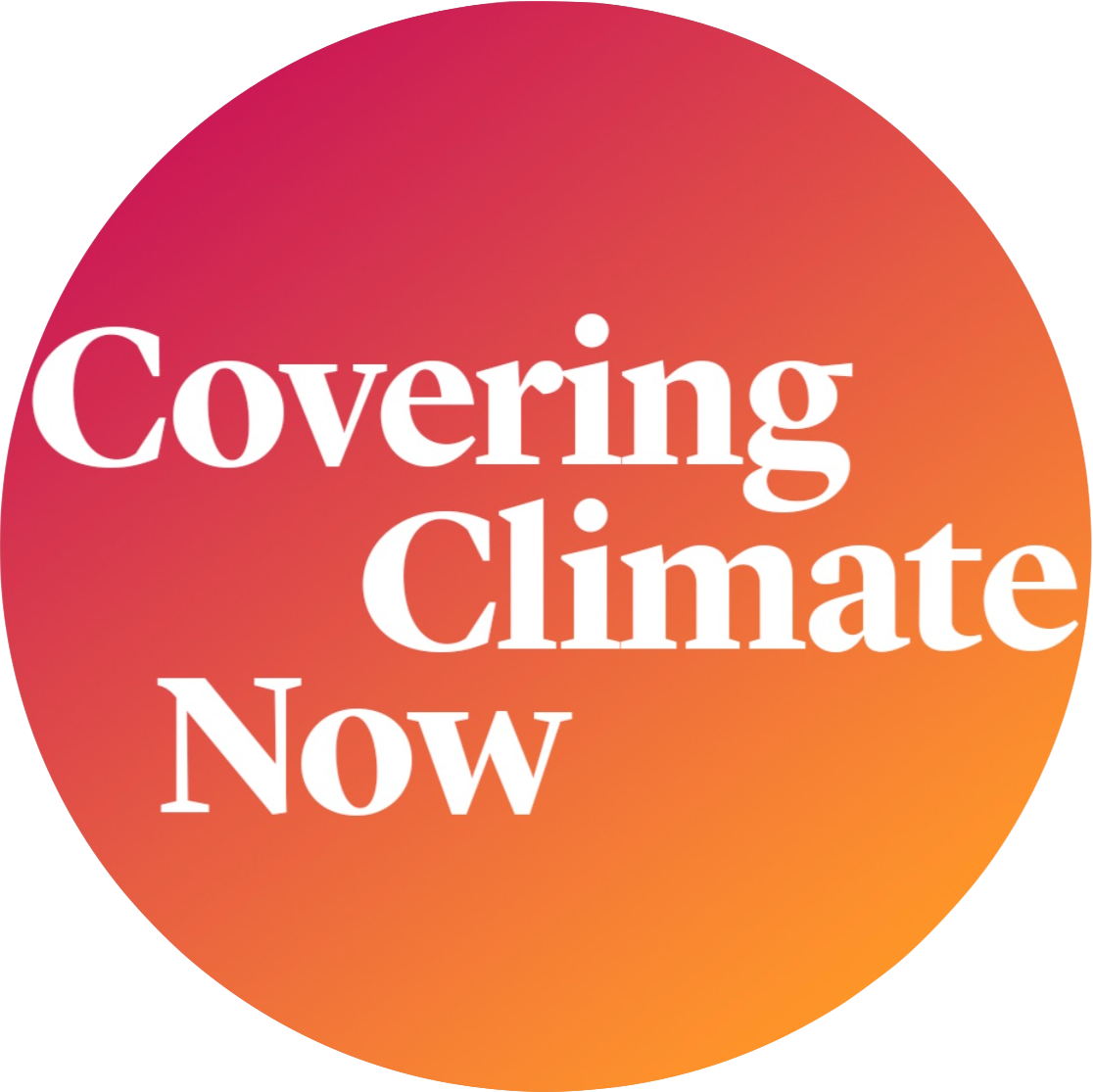
By Ari Kelo, theRising
 This story originally appeared in theRising and is republished here as part of Covering Climate Now, a global journalism collaboration strengthening coverage of the climate story.
This story originally appeared in theRising and is republished here as part of Covering Climate Now, a global journalism collaboration strengthening coverage of the climate story.
From lengthened hurricane seasons to deadly bushfires, the natural disasters symptomatic of climate change are becoming more and more pronounced each year. This year will be no different, yet the COVID-19 pandemic will likely stretch our emergency responses thin.
So with an already stressed health infrastructure and an economic recession on its way, this summer’s natural disasters may be especially harmful. Here’s what’s at stake — and why America needs to brace for the impact.
Global natural disasters have (quietly) happened during COVID-19
Understandably, the COVID-19 pandemic has captured the bulk of both the government’s and the media’s attention as of late. While pertinent, this leaves natural disaster preparations almost at a standstill. This begs the question — can we handle two crises at once?
Global responses suggest this may not be the case. In late March, Croatia’s capital city, Zagreb, experienced a magnitude 5.3 earthquake — the likes of which hadn’t been experienced for 140 years.
This disaster wreaked havoc across the city and made enforcing social distancing nearly impossible. It’s too soon to tell if this disaster will cause a spike in COVID-19 cases. Regardless, the odds don’t seem promising.
And in mid-April, Indonesia’s Anak Krakatau volcano erupted. The overnight eruption spread volcanic ash and sulfur across the Lampung province and its 8-million people. This added respiratory hazard of volcanic ash will make the region all the more susceptible to coronavirus complications.
The dual threat of a pandemic and the environment
Even within the United States, natural disasters have already posed a great obstacle to social distancing and coronavirus containment. In the South, dozens have died from severe weather and tornadoes in the past weeks. These tornadoes have displaced many, making enforcing social distancing a great challenge.
Other regions within the US are also fairing poorly. In late April, North Dakota’s Governor Doug Burgum declared a statewide flood emergency. Spring flooding has already caused $7 million in infrastructure damages across the state.
Natural disasters may ramp up as summer approaches
These natural disasters are only expected to ramp up as the summer months approach. Hurricane and wildfire seasons are barely beginning, while Tornado Alley may be facing an especially harmful tornado season.
“Over the next year or couple months, we’re going to see massive kinds of climate impacts in different parts of the country,” predicts Collin O’Mara, CEO of the National Wildlife Federation. In a recent interview with theRising, O’Mara noted that the US may have to handle both a pandemic and natural disasters at the same time.
“If you layer on top of natural disasters with weakened economies, state governments that have no money right now, high levels of illness, and health infrastructure that’s already overwhelmed, it gets pretty scary, pretty fast,” he added.
So with so much on the line, adequate preparation and natural disaster relief is a must. Unfortunately, crises like global pandemics and natural disasters often strike the most economically and socially vulnerable first.
Keep up with Great Lakes Now’s coverage of flooding issues in the region:
Midland Flooding: Climate change and rains exacerbate dam infrastructure issues
Flood raises fears of pollution at Michigan toxic waste site
Illinois governor activates Guard to help prepare for flooding
Record Rainfall Prompts Reversal of Chicago River into Lake to Ease Flooding
API key not valid. Please pass a valid API key.Featured image: A search and rescue boat is deployed as Saginaw Road is closed at Drake due to water over the road while floodwater rises in Midland, Mich., Wednesday, May 20, 2020. (Katy Kildee/Midland Daily News via AP)




